Light must create emotions and excitement. It's about giving value to the building, communicating a positive message.”
Interview by Jean-Luc Wittersheim
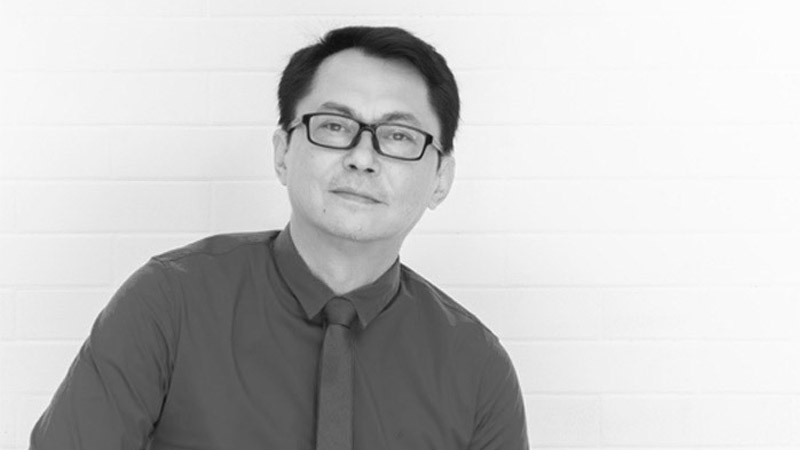
Where did your passion for lighting come from?
My parents worked in design and art, which trained me to see objects with different light compositions. Then I became interested in photography, which taught me how lighting affects objects in terms of color and intensity. Next I studied building physics, where I learned about lighting design and acoustics in addition to other architectural matters. I also love drawing, and started painting when I was still very little, which interested me in light and what it affects.
What are the challenges for the future of your profession?
I would like to see more standardized terms or standardized quality in lighting. Now, it's like a jungle where there are no real common values. Another emerging challenge is how lighting can be tailored to each person's preferences. We should customize ambient lighting, as we do with smartphones, so that you select what you need, and what you don't. I would love to see lighting become more integrated into materials, so that it becomes an integral part of the building's architecture and space rather than an additional element.
To what extent does lighting influence the perception of a building?
Light must create emotions and excitement. It's about giving value to the building, communicating a positive message, so that people passing by say: "Wow, there's something going on here". The light "sells" the building and its purpose even before you enter it. For this reason, there are many studies to be carried out in advance: what techniques and materials will you use? What brightness and what power to install? How far should the light extend and at what pitch? What should the data transfer speed be? You need to deal with all this while also taking into account the building's functions, its architectural design, and the environment.
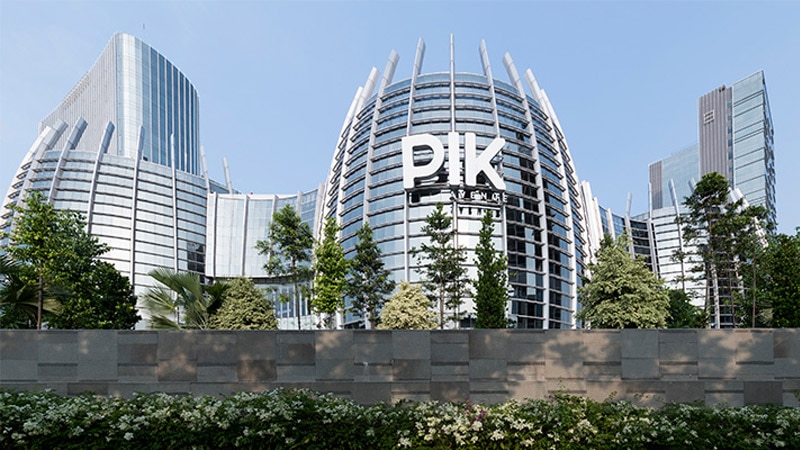
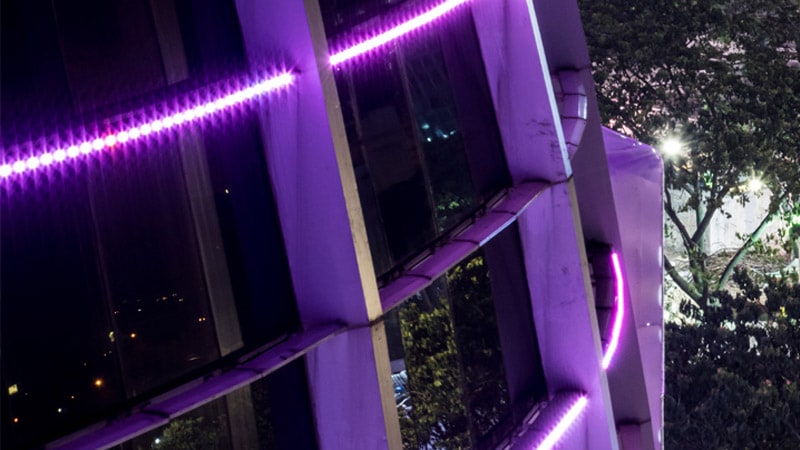
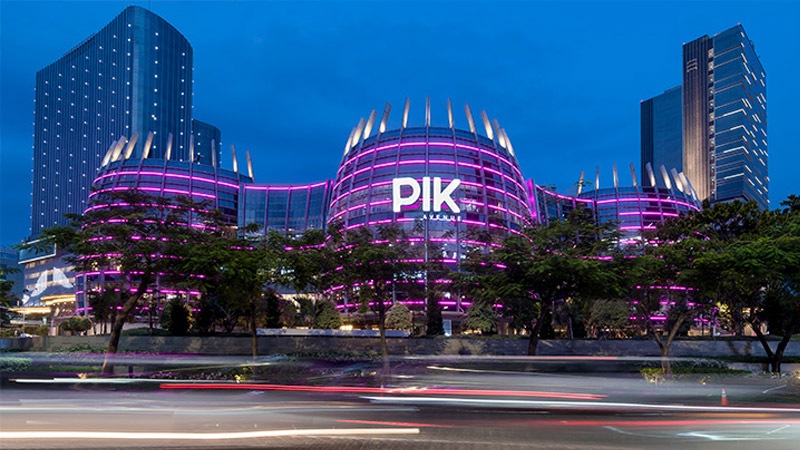
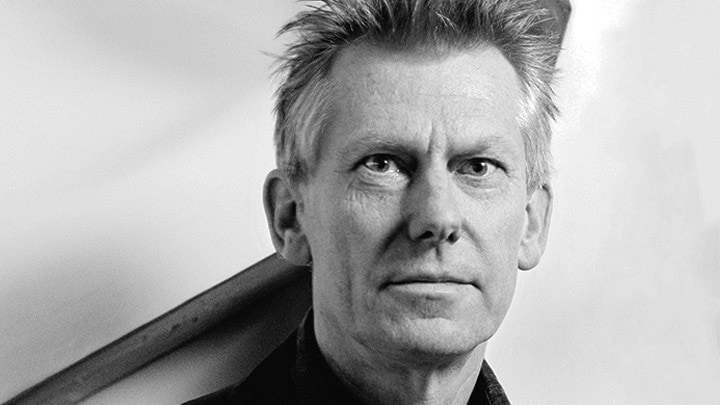
Kas Oosterhuis
Architect Kas Oosterhuis and his “Hyperbody” research group are working on the development of “non-standard architecture”.
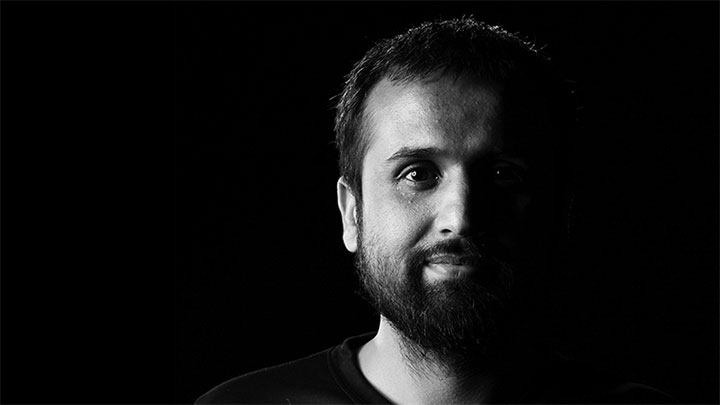
Nirmit Jhaveri
Lighting is no longer static — it has evolved in a dynamic way to foster quality individual and urban life, according to Nirmit Jhaveri, lighting designer at Atelier Dada.